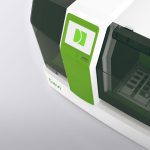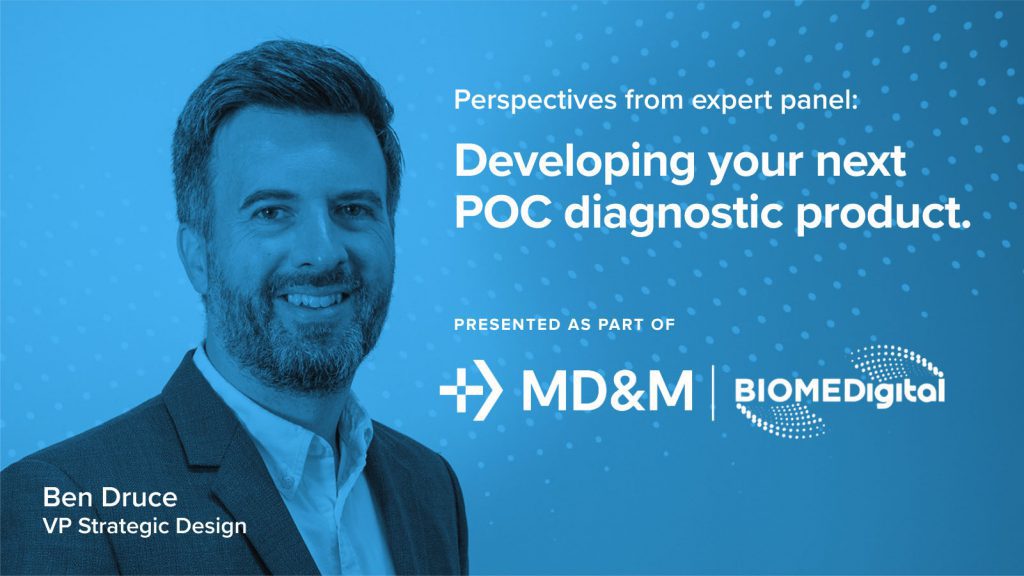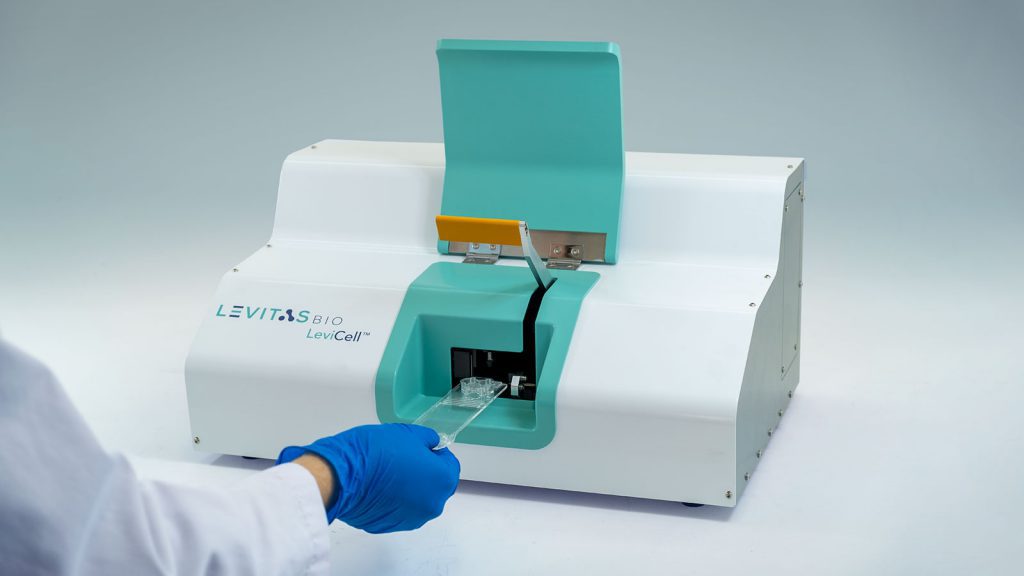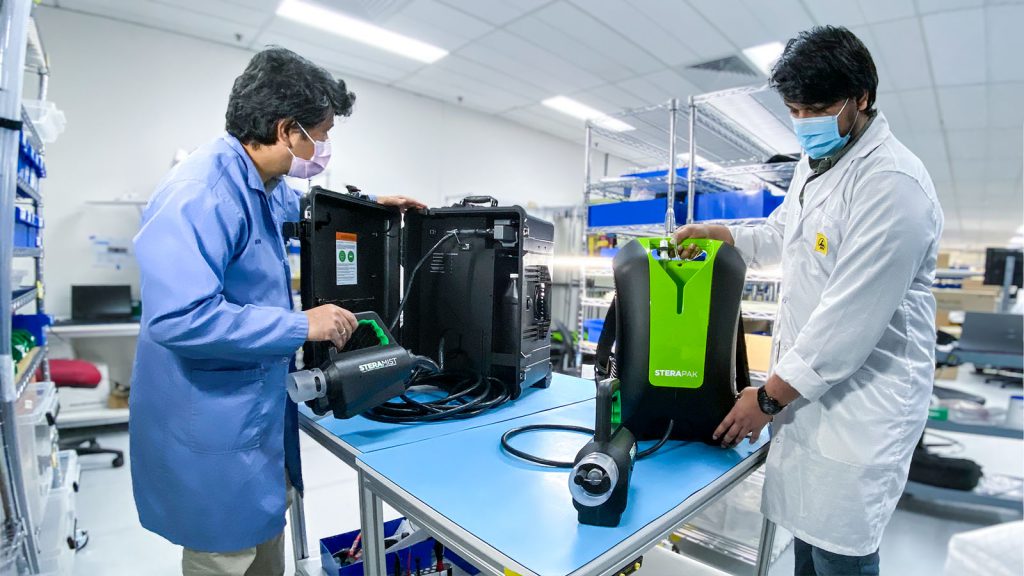
The pandemic has driven a lot of change, both good and bad. While rapid diagnostic testing saw its first big challenge in 2020, many lingering obstacles remain.
I recently moderated an insightful panel discussion at BIOMEDevice Silicon Valley on what it’s been like getting in-vitro diagnostic medical devices (IVD) to market over the last few years.
Joining me on the panel were
- Anthony Favaloro, Senior Director of Technical Operations and Program Management at Lumos Diagnostics,
- Geoff Facer, Vice President of Engineering at LevitasBio, and
- Tyler Liebig, Business Line Director at IDEX Health & Science.
Here are my key takeaways from the session.
Cut out unnecessary complexity
Healthtech companies around the globe had to make considerable changes and trade-offs to adapt to a post-COVID environment.
Geoff and the LevitasBio team pivoted from a high-complexity product to a true minimum viable product when they launched their label-free cell separation platform, LeviCell™, in collaboration with Planet Innovation in 2020.
“During the pandemic, we prioritized getting to market fast and stripping back the bells and whistles for future generations of the product,” Geoff said.
“We had to be flexible and brutal on cutting out scope creep. This taught us really strong discipline that’s good practice for any company at any time, even after COVID.”
LevitasBio and Planet Innovation were able take an early access prototype of the LeviCell™ and have a world-class instrument to market within six months.
Compressed timelines require enhanced collaboration
Before the pandemic, product development timelines could be anywhere between 12 months to several years.
Anthony said from 2020 on, Lumos has had clients request three-to-four-month product development schedules.
“We found that in order to make these timelines work, we had to put different functional groups in the project team from the very start so activities could happen in parallel,” he said.
“We had regulatory, clinical, usability, design transfer, manufacturing in discussion from the beginning and then all the way through the project. There were countless instances where design decisions were being influenced by people further down the production line – this helped with minimizing iterations and creating that truly seamless transfer to manufacture.”
Tyler said IDEX had faced similar situations and the key to making it work was to invest project management to make the collaboration process as smooth as possible.
Communication along the whole supply chain
If there’s one thing even the layperson understands about the pandemics far reaching effects, its supply chain disruption.
At PI, we encourage our clients to bring the manufacturer ASAP to minimize delays over the product development cycle.
We’re not alone in this thinking, Tyler said: “it’s more important than ever to have a tight linkage between design and manufacturing to avoid running into surprises.”
Geoff’s number one piece of advice for medical device developers was to listen to manufacturers.
“Manufacturers are much more in tune with what will trip you up in six months than most R&D people are – you don’t have to learn those lessons the hard way if you have strong relationships across the whole supply chain,” he said.
“For instance, in early 2021 our team designed a consumable that required a material used for vaccine vials – that’s not a winning strategy for 2021 or 2022! Thankfully, our suppliers informed us, and knowing about it early certainly saved us many months of rework.”
It is abundantly clear that the key to success for these panelists and the companies they work with has been keeping their entire supply chain strong and in lockstep.
Final thoughts
The medtech landscape has shifted dramatically over the last few years of COVID induced turbulence. If there’s one thing all panelists agreed on, it was that the learnings from this time of upheaval haven’t been all bad, and new ways of navigating product design through to manufacture are likely to stick.
Watch the full discussion here






